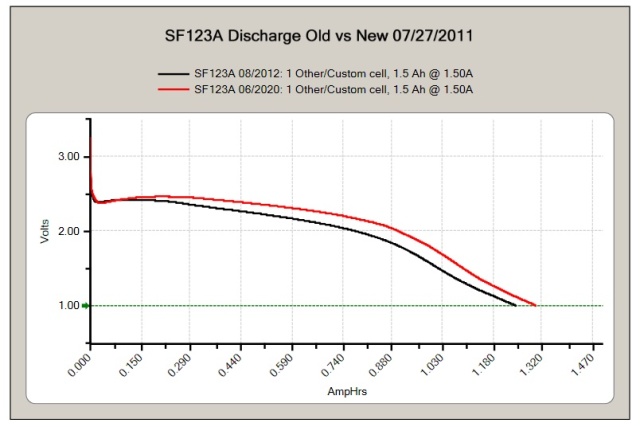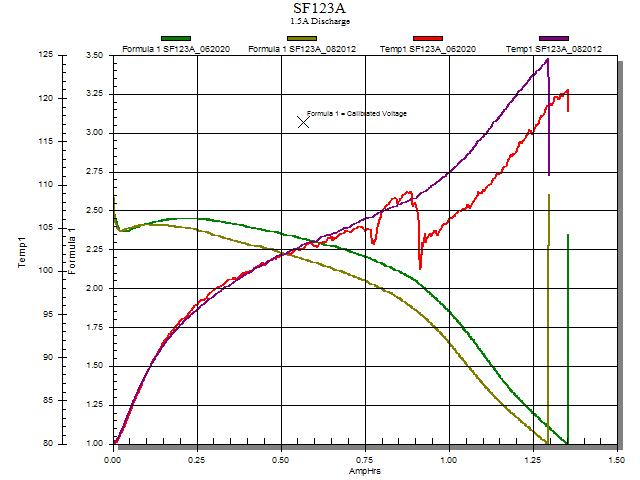I was just wondering, most of the better CR123A batteries have a very low 0.5%/year self-discharge rate. After 10yrs, the batteries still have 95% of their charge. Why then is their shelf life only advertised as being 10yrs? Is shelf life measured at the 95% of full charge point? If so, wouldn't brands like Titanium which have a 2%/yr self-discharge rate only have a 2.5yr shelf life?
Just wondering as I tend to use my primary CR123As for back ups and run most of my lights off R123As.
Just wondering as I tend to use my primary CR123As for back ups and run most of my lights off R123As.



